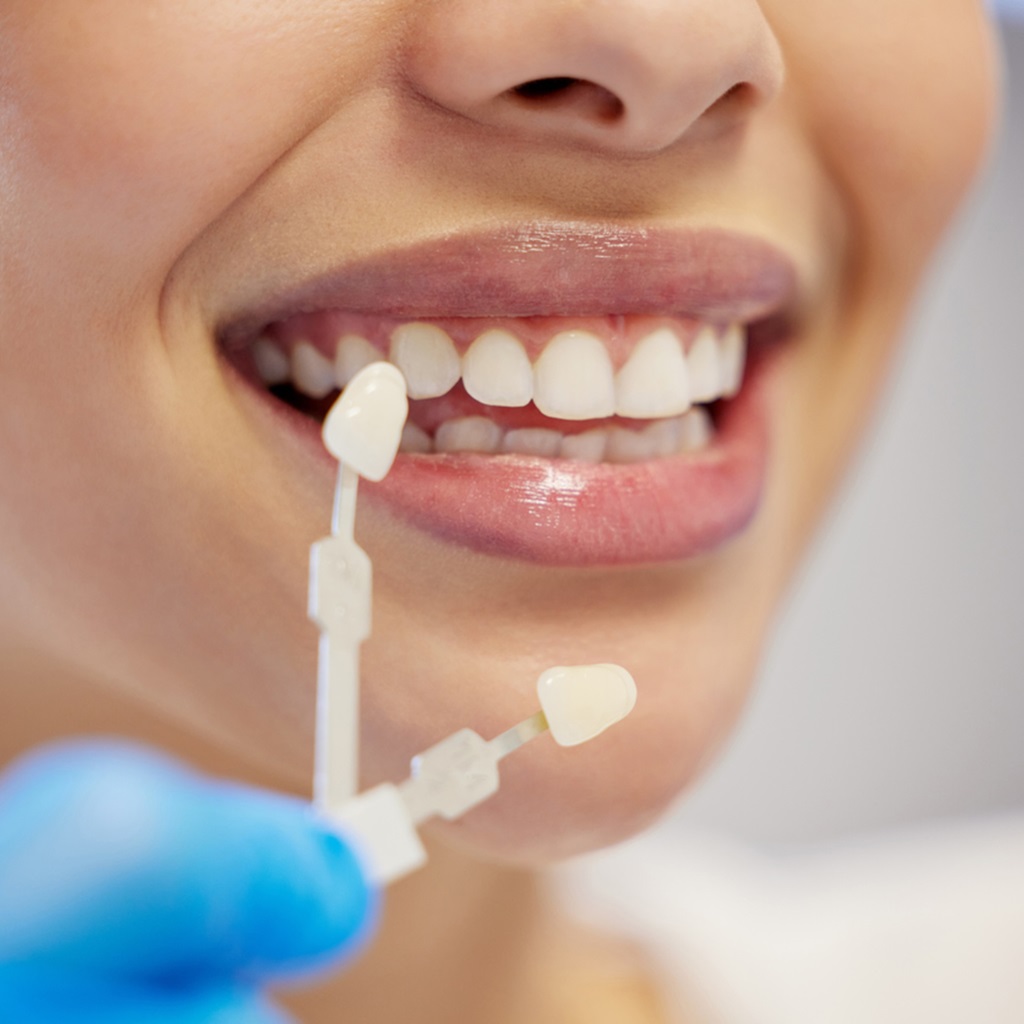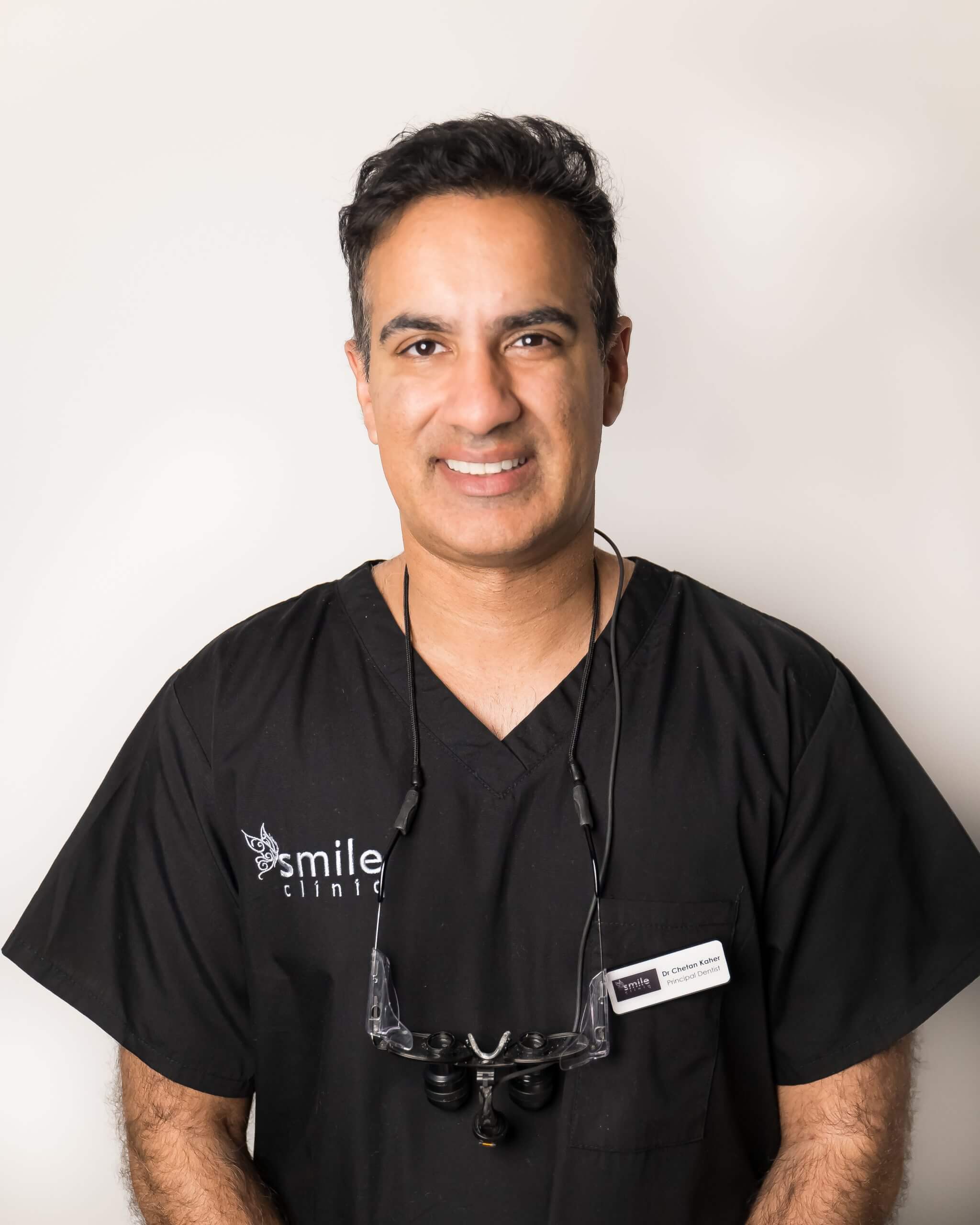Jan
22

If you’re thinking about upgrading your smile, you might be thinking about having veneers fitted – but what does the procedure actually look like for those who take the plunge? While a common procedure, the process for fitting veneers – while seemingly straightforward – involves meticulous craftsmanship and precision. So whether you’re considering veneers for aesthetic reasons or to address dental concerns, understanding the fitting procedure is your first step to making an informed decision. In the following guide, we’re going to take you through each step of the process, from your first consultation to the aftercare period. Let’s dive in!
What are Dental Veneers?
Dental veneers are thin, custom-made shells designed to cover the front surface of teeth, enhancing their appearance. These shells are bonded to the teeth, altering their colour, shape, size, or length, and veneers can be made from porcelain or resin composite materials, each offering its unique benefits. Porcelain veneers in London, for example, resist stains better and mimic the light-reflecting properties of natural teeth more closely than resin veneers. If you’re considering whitening your teeth before getting veneers, you might wonder, is teeth whitening safe for me?
Initial Consultation and Evaluation
The journey to getting veneers starts with an initial consultation; during this appointment, your dentist will discuss your objectives and evaluate your dental health, and this consultation is pivotal in determining if veneers are the right choice for you. Generally speaking, the appointment will include a thorough examination of your teeth, possibly accompanied by X-rays and dental impressions.
Preparation for Veneer Fitting
Once veneers are deemed suitable for your needs, this is when the preparation phase begins; this involves the removal of a small amount of enamel from the tooth surface, equivalent to the thickness of the veneer to be added. This process is delicate and requires precision to ensure a natural fit; after this preparation, your dentist will usually make a model or impression of your tooth, which is then sent to a dental laboratory where your veneer is crafted. Typically, the fabrication typically takes 1-2 weeks. You might also consider treating discoloured teeth with composite bonding for minor discolorations.
Customization and Fabrication of Veneers
Customization is at the heart of veneer fabrication, and is a key element when it comes to creating a natural finish and fitting; using the impressions sent by your dentist, the laboratory creates veneers that precisely fit your teeth and complement your oral anatomy. This stage is where artistry meets science, and the lab will work around the clock to ensure that the final product not only fits perfectly but also looks natural and aesthetically pleasing.
Fitting and Bonding
Once your veneers are ready, the next visit involves fitting and bonding them to your teeth. Before the veneer is permanently cemented, your dentist will temporarily place it on your tooth to examine its fit and colour, and some minor adjustments can still be made at this stage. After ensuring a perfect fit, your tooth will be cleaned, polished, and etched to allow for a strong bonding process. A special cement is then applied to the veneer, which is then placed on your tooth. Once correctly positioned, a special light beam is used to activate chemicals in the cement, causing it to harden rapidly. Finally, excess cement is removed, and your bite is evaluated for any further adjustments.
Also Read: Why Are My Teeth See-Through?
Aftercare and Follow-up
The final stage involves aftercare and follow-up; after the fitting, a follow-up visit is recommended to check the placement of the veneers and the response of your gums, making sure the veneers are fitted securely and that you’re not experiencing any kind of adverse reaction. As for aftercare, it’s relatively straightforward: continue good oral hygiene practices, including brushing, flossing, and regular dental check-ups, and also avoid stain-inducing foods and beverages where possible – while veneers are stain-resistant, you want to keep them in tip-top condition from the outset.
The Bottom Line
Overall, the process of fitting veneers is both simple and complex at the same time; while it’s not an arduous procedure for you the patient, it does require meticulous modelling, patience, and professionalism on your dentists’ side. If you are considering having veneers fitted, don’t hesitate to speak to one of our team members at Smile Cliniq; we’re an award-winning London dental surgery with decades of experience fitting veneers – and if you don’t believe us, you can even see our veneers transformations over on our website.
FAQs
Will my teeth be sensitive after veneer fitting?
Some patients may experience temporary sensitivity to hot or cold temperatures after the veneers are placed, and this is due to the enamel removal during the preparation phase. Usually, this sensitivity subsides within a few days.
Are there any restrictions on what I can eat with veneers?
Generally, you can eat normally with veneers. However, it’s advised to avoid very hard foods or using your teeth as tools (like opening packaging), as this can damage the veneers. Also, if you have a habit of grinding or clenching your teeth, your dentist might recommend wearing a protective splint.
How do I care for my veneers?
Caring for veneers involves the same practices as caring for natural teeth; this includes regular brushing twice a day, flossing daily, and visiting your dentist for check-ups and cleanings. Using a non-abrasive fluoride toothpaste is also recommended to preserve the veneers’ sheen and integrity.
Is the veneer fitting process painful?
The process of fitting veneers typically involves minimal discomfort, and local anaesthesia can be used during the enamel removal to ensure a pain-free experience. Post-procedure discomfort, if any, is usually mild and short-lived.











